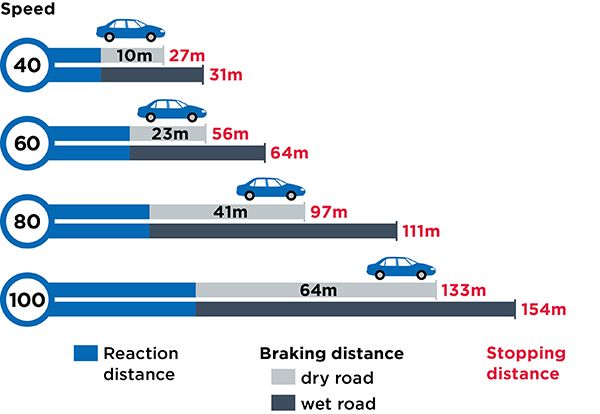
Planning is key
With the recent Sydney rain it appears that many drivers have forgotten how to drive in the wet. I agree it has been a long time since the last rain in Sydney so here is a refresher. With the dam levels currently (at the time of writing) at 99% up from 42ish% it’s no doubt we have had some significant rain in the last few weeks, which was and is needed. My garden is breathing a sigh of relief.
From Waternsw.com.au July 2022
So, you say we should be driving differently in the rain or when the road is wet... tell me how?
In my opinion we all should be getting in the car with the mind set that we need to be patient always! That is rule number one.
Speeding is the major cause of death and injury on our roads. It costs the community over $1,500 million each year.
Speeding is travelling at a speed greater than the speed limit. You can also be speeding if you are travelling too fast for the driving conditions. If road conditions are less than ideal, for example rain, heavy traffic, night time etc., you may be speeding even if you’re driving at or below the posted speed limit. There’s no such thing as safe speeding.
In poor driving conditions, such as rain, night and gravel roads, it may be necessary to increase your crash avoidance space to four or more seconds.
To reduce the risk of driving into the rear of a vehicle, the three- second crash avoidance space is essential, as the vehicle in front has the potential to stop very quickly if it collides with another vehicle or stationary object. In less than perfect conditions you need to increase the following distance.
The 3-second gap changes depending on your speed. The faster you’re going, and in wet weather the longer it takes to stop and avoid a crash. The combined effects of reaction and braking times in dry conditions is illustrated in the table below.

Turn on your lights this way you’ll be easier to see, you might also need to turn on the demister or defogger so it’s easier for YOU to see. What this does is clears the condensation from the windscreen and the back window, your car will have one but make sure you know how to use it before needing it. Windscreen wipers go hand in hand with rain, just like toast and butter. Keep a lookout for pools of water across the road usually start from the left when gutters are blocked. If you hit these pools at speed you could aquaplane, meaning you will no longer be in control of the car. If you’re approaching a large pool of water just back off your speed and stay calm, keep going slowly and steadily until you have cleared it.
If you’re interested in more driving tips on how to stay safe, why not book a lesson.
Receive 10% off your first 90 minute driving lesson when you book online. Use the coupon code 10%OFF when booking. I look forward to seeing you soon.
Book now
Driving in the rain